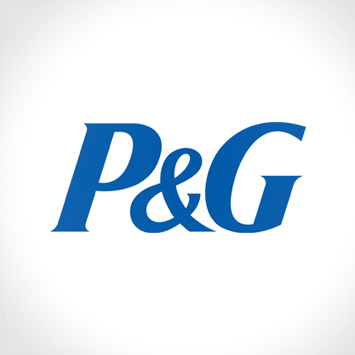Enlisting the help of @JCrew, Citi Bike swiftly delivered a gift certificate. Young pedaled to pick up his new trousers at a J. Crew store, tweeting both his delight and a Foursquare check-in at the store. The altruistic (we'd like to think) deed was amplified further in media coverage.
The result was one surprised and delighted customer-turned-brand-advocate, great PR, brand relevance and responsiveness, and what's indisputably the brass ring of digital marketing: the right message to the right person at the right time.
Real-time marketing can add a ton of value to customer interactions, making brands appear relevant, with-it, informed, dynamic and buzz-worthy. The movement toward RTM is also driven by consumers' increasing expectations -- driven by technology -- for immediacy, relevance and access.
Research identifies six business cases for real-time marketing, spanning executions that are planned and unplanned, reactive and proactive.
Case #1: Brand Events
Brand events include product launches, conferences, media and customer-facing events where content strategy, pre-approvals, media plans, hashtags, creative, editorial calendars and so on can be prepared in advance. During events, staff are available to push out content and react to posts in social media. There should be few surprises. Here are a couple of examples:
• Pepsi decided to introduce its new thinner can during Fashion Week with live "get the skinny" content.
• To amplify its long-scheduled introduction of Spotify streaming to Focus dashboards, Ford seized on buzz around Daft Punk's just-released single with promoted tweets containing #daftpunk, #spotify and #fordsync.
Case #2. Anticipated Events
A growing number of organizations are preparing for real-time events that are anticipated in advance. Business goals, strategies, teams, and approvals are ready, content is locked and loaded.
• HBO couldn't know how many of its shows would win in which Emmy categories, so it prepared social content ahead of time that anticipated all possible outcomes. The "right" content went live in real-time.
• Starbucks promoted Via coffee when Blizzard Nemo hit last February, having prepared location-based promoted Tweets with suggestions to enjoy a warm beverage (e.g. "Grab some Via and enjoy the snow!").
Case #3: Location/object-based
A small but promising use case of RTM taps into location and object-based triggers. Hand-crafted examples of this type of RTM include local food trucks and or @ChicagoCabbie publicizing specials and current locations. Increasingly sophisticated technology such as Apple's iBeacon targets a consumer's location down to the store-shelf level and push a promotion to that person's phone in the moment. That's targeting the right person at the right time and the right place.
• Taco Bell partnered with GPS phone app Waze to trigger location-based ads that appeared on drivers' smartphones when they neared a restaurant -- but wisely, only when they're stopped at a red light.
• MGM sends smartphone notifications for nearby restaurants, shopping, show deals and the like to hotel guests at the Bellagio Las Vegas.
Case #4. Predictive Analytics-based
Another relatively small but growing area of triggered RTM is based on predictive analytics. Amazon has long used predictive data to display recommendations to customers based on browsing and purchase history. This trend will gain momentum as data solutions become more accessible and simpler to implement.
• Walgreens' SoLoMo (social, local, mobile) Foursquare program reaches in-store shoppers who check-in at a Walgreens location on Foursquare. They instantly receive a coupon for an offer.
Case #5. Customer Interaction
Customer interactions take many forms, including customer relationship programs, customer service, complaint resolution and community interactions. The very public, visible and occasionally even viral nature of these interactions in social channels, however, means they are increasingly becoming a marketing function. This is especially true now that customers have come to expect brands to respond to their digital queries and complaints in near-real time.
• Pretzel Crisps listens for tweets from people who say that they're hungry. The company then replies with an offer to send product samples.
Case #6. Breaking News
The most reactive form of RTM is responding in a legitimate, relevant manner to unanticipated breaking news. This can also be the riskiest, most spontaneous and difficult type of RTM. Advance preparation is all but impossible. Breaking news isn't always good news, so an acute degree of sensitivity is called for. Often, this also requires following a story as it unfolds. The opportunity is hitting it over the fence by appropriately leveraging the event in a way that is relevant, both to the event and to the brand.
Example: Coca-Cola announced the suspension of all local brand advertising dollars for a month, redirecting that spend into relief towards Typhoon Haiyan disaster recovery in the Philippines. It's giving only $2.5 million to the cause, but it received significant global recognition, publicity, and social amplification, partly by using real-time marketing to maximize the impact of the announcement.

